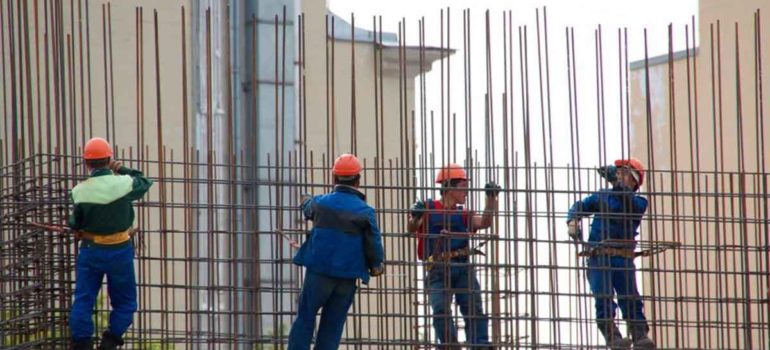Keeping truly altruistic projects aside, every project is initiated with the final goal of gaining profit. This profit can either be direct, in the form of liquid assets like cash or indirect, in the form of savings in costs or increases in productivity for some other associated profit-making branch or endeavour.
This profit is the primary goal of every project, and therefore the expenses related to undertaking a project are the underlying risk for the stakeholders and should be of paramount importance to the Project Managers. Cost overruns directly affect this primary underlying purpose of the project, and therefore deserve the utmost attention, as there is no use in completing a project if it means a net loss.
Cost overruns on a project are the excess amount by which the actual cost of a project exceeds its budget. Though this does not necessarily mean that the project will not be a successful one, it does make it more difficult for the project to be a success. Thus, budget or cost overruns are crucial to a project’s success or failure, and thus effective budget management is the primary area of focus for project managers.
Following are five strategies for maintaining control of the project budget before it becomes a victim and succumbs to exorbitant cost overruns:
- Understanding the stakeholders’ needs and wants: Sometimes, the needs of the stakeholders are often misunderstood as they do not seem to be as simple as they may seem in the beginning, leading to unidentified goals and expectations on both sides of the table. It becomes virtually impossible to identify the requirements of the stakeholders if the project managers and the rest of the team do not have a firm grasp on the requirements, and thus it should be of paramount importance to invest as much time as required to get a deeper understanding of the requirements. Everything, most importantly, the budget depends on the stakeholder expectations and deliverables, and naturally, the first step, even before the budget is finalized, is ensuring that the project requirements are accurately gauged and documented.
- Surprise Budgets: Being realistic when estimating costs cuts down cost overruns quite effectively. It is necessary to get inputs from all the stakeholders at every step and to build contingencies. Factoring in things outside of the control of the project managers, such as external environmental factors that may impact the pricing of supplies and other project necessities. The prices may change as the project progresses, which is why the vendors must keep a contingency plan and follow it when things head south. Making a realistic plan always helps in meeting the budget even when there are unforeseen circumstances that may affect the costs.
- Development of Relevant KPIs: KPIs (Key Performance Indicators) are an effective method to manage a project budget, as they help to ascertain how much has been spent on a project and how much the actual cost differs from the planned budget of the project. Some of the commonly used KPIs are as follows:
- Actual Cost (AC): shows how much has actually been spent.
- Cost Variance (CV): indicates whether the estimated cost is above or below the set baseline.
- Earned Value (EV): this indicator shows the budgets that have been approved for the performed project activities up to a particular time.
- Planned Value (PV): estimated cost of project activities that are planned or scheduled as of reporting date.
- Return on Investment (ROI): shows the project’s profitability and whether the benefits have exceeded the costs.
- Revisit, review and re-forecast: Without budget management and re-forecasting, a budget will lead to failure of the project. Regular revisiting the budgets is essential in preventing the cost from getting out of hand. It is much easier to correct a 10 percent budget overrun than correcting a 50 percent budget overrun, and thus the chances of keeping a project on track with frequent budget reviews are significantly greater than doing a budget review once in the beginning and completely forgetting it later on as the project progresses. It is also necessary to regularly review the number of people currently working on a project and the project’s future needs on a regular basis. This ensures that the resources are fully utilized and the right resources are being used and kept ready for the rest of the project. Regularly revisiting the resources forecast helps keep the project budget on track.
- Keeping everyone informed and accountable: Last but not the least, the most important part of keeping a budget on track and to avoid cost overruns is to make sure that all team members are aware of the current budget as well. By doing this, the members will be more likely to watch the charges of the project and far less likely to charge for hours where they didn’t work efficiently.
Read: How to Calculate Labor Cost for Your Construction Project



